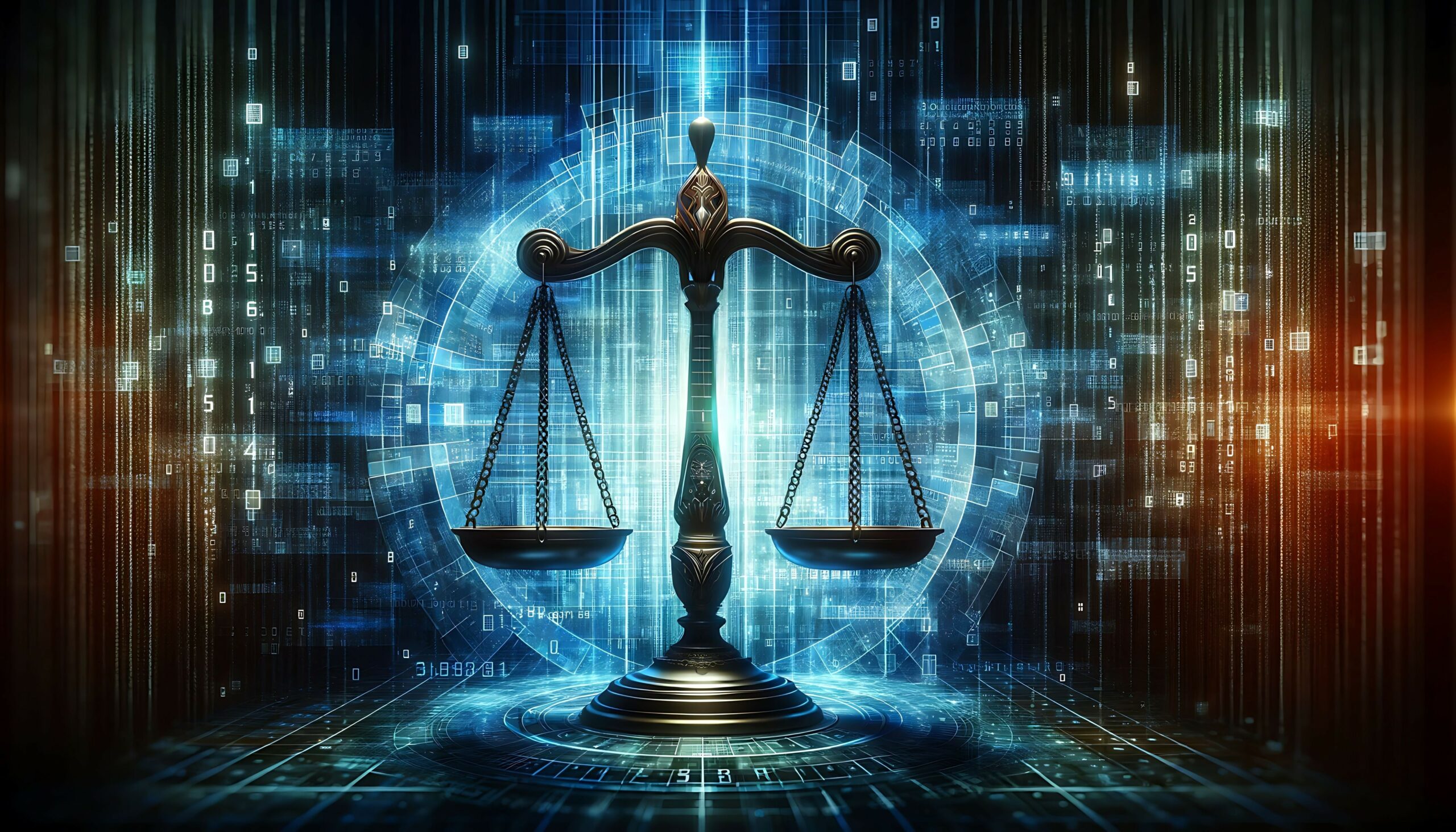The justice system is a foundational pillar of societal order, tasked with deciphering complex legal matters, ensuring fairness, and meting out justice. Within the institutional framework lie layers of high-frequency data, meticulously documented cases, and many legal intricacies. At its core remains one fundamental question: how do the individual characteristics of those administering justice impact its outcomes? This inquiry extends beyond the courtroom, resonating with broader concerns about government officials’ quality of public services.
In the United States, the integration of machine learning has already begun reshaping facets of the justice system. From processing bail applications to analyzing DNA evidence and forecasting crime patterns, machine learning algorithms are becoming indispensable tools in the pursuit of fair and efficient justice. Moreover, the burgeoning volume of data from surveillance systems, digital platforms, and social media holds untapped potential for unraveling criminal activities and enhancing the efficacy of legal proceedings.
Harnessing Machine Learning in Justice
The integration of machine learning emerges as a powerful catalyst for transformative change within the intricate workings of the justice system. Machine learning has the potential to revolutionize processes ranging from pre-trial assessments to crime analysis and sentencing. One of the most notable applications of machine learning in justice is evident in the processing of bail applications. Traditionally, bail determinations have been subjective, often influenced by the judge’s intuition and experience. However, machine learning algorithms can analyze vast datasets comprising factors like criminal history, flight risk, and community ties to provide more objective assessments of an individual’s likelihood of reoffending or failing to appear in court. By replacing human bias with data-driven insights, these algorithms help mitigate disparities in bail decisions and promote fairness in pre-trial procedures.
DNA and Surveillance
Machine learning also plays a pivotal role in DNA analysis and other areas of modern forensic investigation. By employing sophisticated algorithms, forensic experts can swiftly analyze DNA samples collected from crime scenes and compare them against vast databases to identify potential suspects. This not only expedites the investigative process but also enhances the accuracy of identifying perpetrators, reducing the risk of wrongful convictions. The proliferation of surveillance systems, digital payment platforms, and social media networks has generated a wealth of data that can be leveraged to enhance public safety and streamline judicial processes. Machine learning algorithms can analyze this data to detect anomalous behavior, identify patterns indicative of criminal activity, and provide law enforcement agencies with timely insights to take proactive measures.
Why Is Leveraging Machine Learning So Important?
In recent years, landmarks such as the January 6, 2021 riots at the US Capitol have underscored the importance of leveraging machine learning in forensic investigations. By harnessing facial recognition technologies powered by machine learning, investigators were able to swiftly identify individuals involved in the insurrection, leading to their apprehension and prosecution. This demonstrates the pivotal role that machine learning plays in enhancing law enforcement capabilities and upholding the rule of law.
Addressing Bias and Discrimination
In the pursuit of justice, bias looms large threatening to undermine the very foundations of fairness and equality. Historically, the justice system has grappled with systemic biases rooted in social prejudices which manifest in subtle yet profound ways within legal proceedings. However, integration with machine learning offers a tool for confronting and rectifying these entrenched inequities.
Battling Bias
Traditional decision-making processes often rely on subjective judgments that are susceptible to the unconscious biases of human actors. This leads to disparities in outcomes based on factors such as race, gender, or socioeconomic status. By contrast, machine learning algorithms operate on impartial data-driven analyses, untainted by human predispositions, thereby offering a more subjective lens through which to evaluate cases. Studies have revealed external factors that can subtly sway judicial outcomes ranging from the tone of language used in court proceedings to the timing of hearings, or even the names of the defendants. Machine learning algorithçms excel at detecting patterns and correlations within vast datasets, enabling them to identify hidden biases and signal when they may be shaping judicial decisions.
Defending Against Discrimination
Oftentimes, discriminatory practices may be deeply ingrained within institutional structures, perpetuating disparities in access to justice and exacerbating existing inequalities. By analyzing patterns of behavior and decision-making, machine learning algorithms can pinpoint instances of disparate treatments and highlight areas where reforms are needed to ensure equitable treatment under the law. Through the provision of clear and auditable insights into the factors that influence decision-making, stakeholders can scrutinize and evaluate the fairness of outcomes, fostering a culture of accountability and transparency within the judiciary.
The Need for Objectivity in Data
With all that being said, it is still essential to recognize that machine learning is not a cure-all for addressing bias and discrimination within the justice system. While algorithms offer valuable tools for uncovering hidden patterns and systemic disparities, they are ultimately only as objective as the data on which they are trained. This is why it is pivotal for policy makers, legal practitioners, and data scientists to ensure that the datasets used to train machine learning algorithms are diverse, representative, and free from bias themselves.
